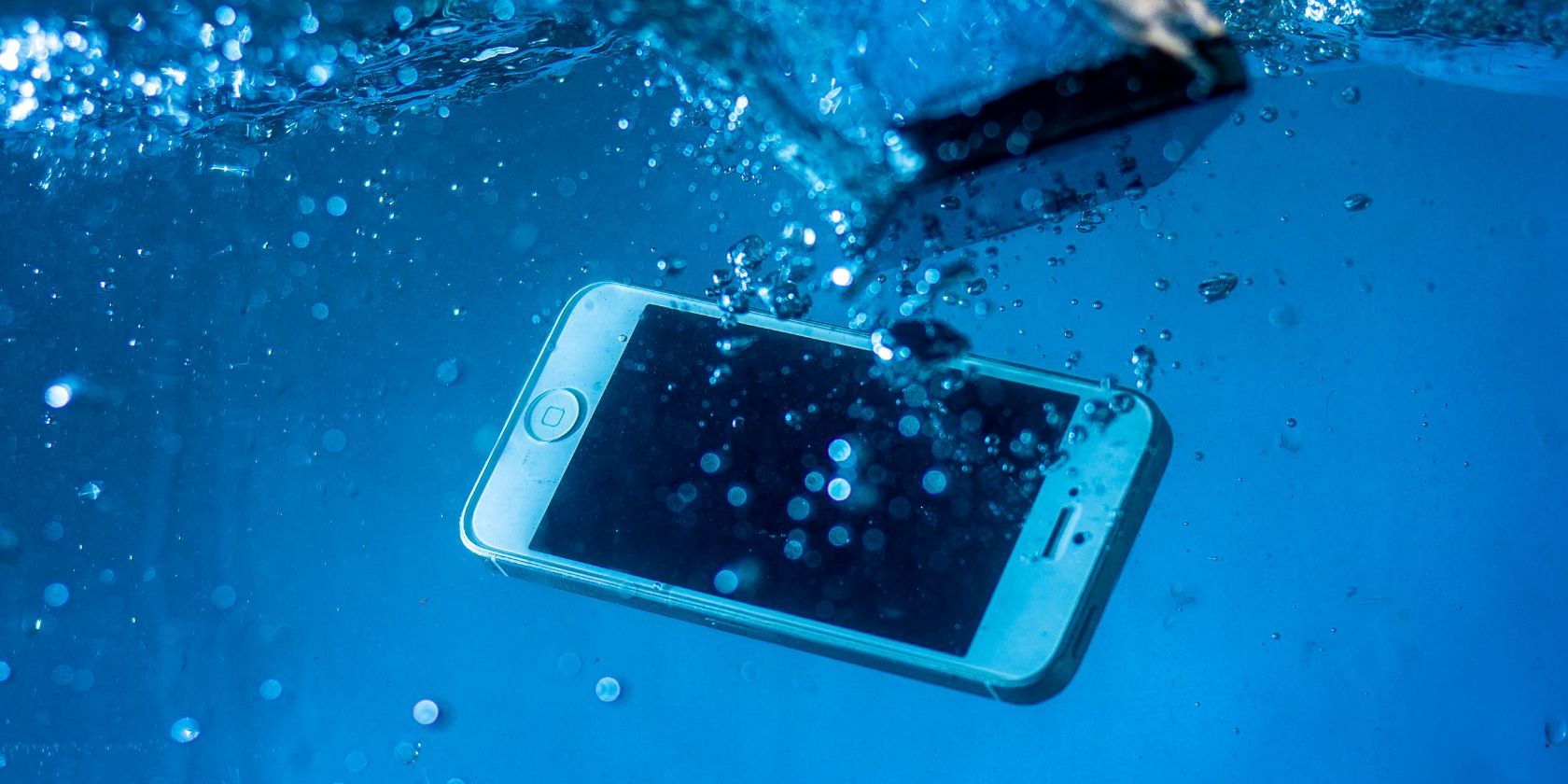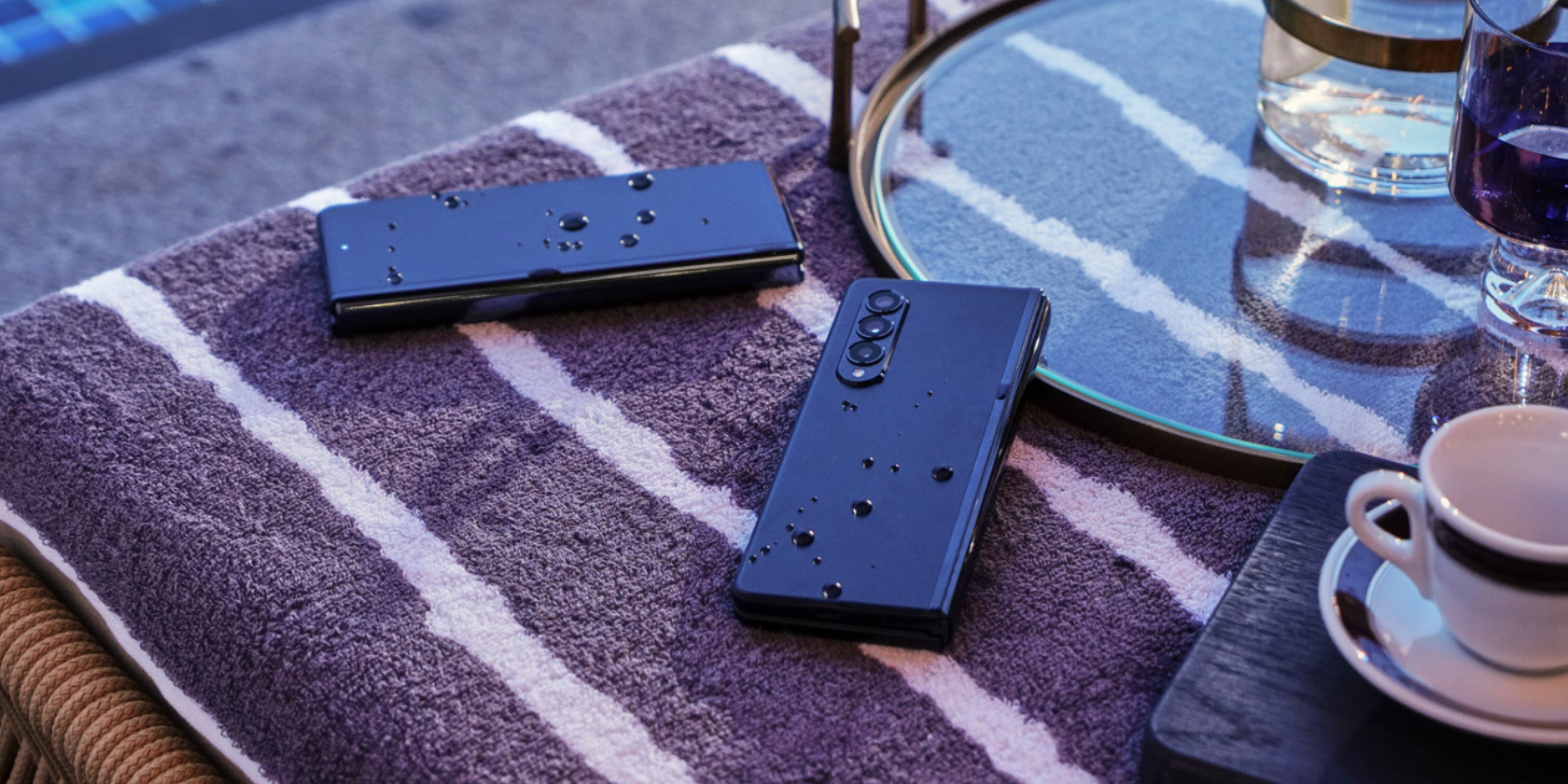If you check specifications before buying a new phone, you must have noticed that one feature that almost all mainstream flagship phones share is that they come with an official IP68 rating for dust and water resistance.
But why is it so that we get yearly increments in almost all aspects, including performance, camera, battery life, and more, but when it comes to IP ratings, we're stuck with IP68? What does an IP68 rating even mean? Is it the highest one a smartphone can have? What comes after IP68? We'll be explaining all of this and more.
What Is an IP68 Rating? What Does It Indicate?
An IP68 rating indicates a certain level of dust and water resistance on your smartphone or other smart gadgets. For example, in Ingress Protection (IP) ratings, the first number represents protection against solids, and the second number represents protection against water.
Not all mainstream flagship phones have an IP68 rating. For example, Samsung's foldable phones, the Galaxy Z Flip 4 and Fold 4, have an IPX8 rating. Here, the "X" indicates the devices have not been officially tested for protection against solids, but it doesn't necessarily mean they're not dust resistant.
Simply put, if there's an IP68 rating, you have the peace of mind that your phone can survive exposure to water and solids as per the specifications of the rating; you can also claim on your warranty in case of water damage. But if there's no IP rating, your phone may or may not survive the same, and you cannot claim on your warranty if there's water damage.
Brands sometimes avoid getting their devices tested even if they have dust and water-resistant coating. OnePlus famously avoided IP ratings until the OnePlus 8, saying that skipping the tests allowed it to save costs and keep its phones cheaper, and as many reviewers and fans tested, the phone was fairly water-resistant.
What Is the Highest Ingress Protection Rating?
IP69k is the highest Ingress Protection rating, not IP68. We've explained in depth how IP codes are measured if you're curious about the specs of each rating, but a device is given an IP68 rating if it's fully dust-tight and can be immersed in water more than one meter deep for at least 30 minutes without any ingression.
Note that not all phones that have an IP68 rating were tested equally. For instance, both the Galaxy S22 Ultra and iPhone 14 Pro Max have an IP68 rating, but the former is tested for up to 1.5 meters while the latter is tested for up to six meters.
In comparison, the IP69k rating means the device is fully dust-tight and can also survive high-pressure and temperature water jets. As you can imagine, this is a bit excessive for regular smartphone users, and that's why you don't see IP69k on mainstream smartphones because they simply don't need that level of ingress protection.
That said, some of the best-rugged phones come with an IP69k rating.
An IP rating only tells you about a phone's resistance to water and debris. It does not indicate how durable or scratch-resistant the phone is. For that, reviewers often use the Mohs Hardness Scale to rank how easily a smartphone glass can be scratched.
Check Dust and Water Resistance Using the IP Rating
An IP rating is a helpful indicator to know exactly how resistant your phone is to dust and water, but don't make the error of assuming it tells you how strong your phone is. Resistance to outside elements and durability against cracks are two different things.
An IP68 rating, at its core, is about giving you peace of mind. Even if a phone has a slightly worse IP score, that's not a reason not to buy it. IP tests are costly, so don't be surprised if the budget phone you're eyeing doesn't have an IP rating. And even if your phone has an IP68 rating, it's not advisable to test it yourself by putting it in extreme conditions.


